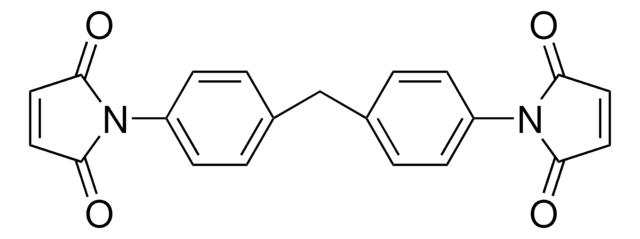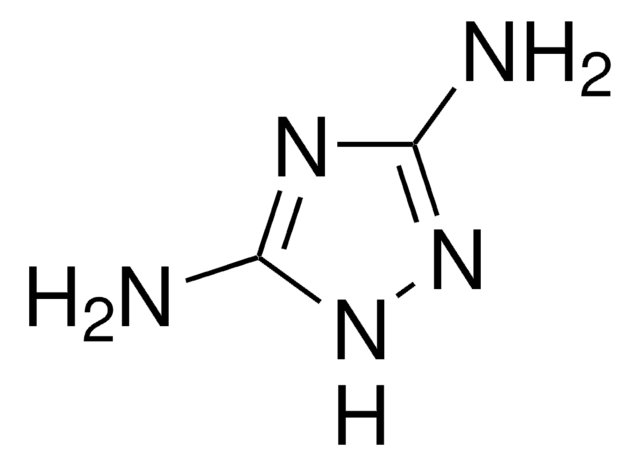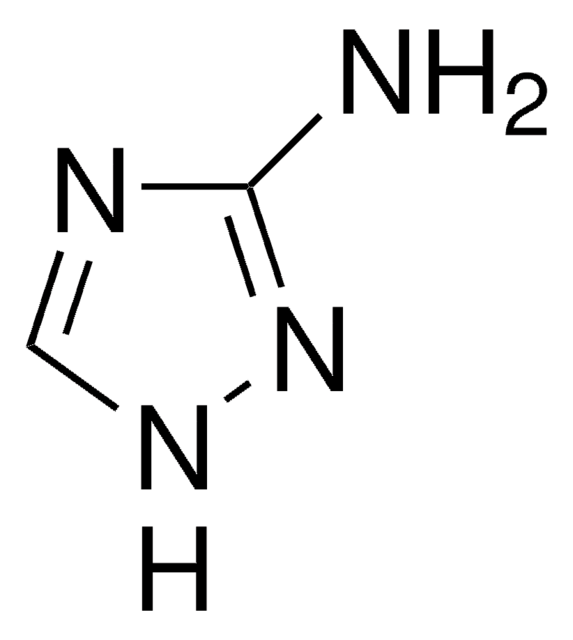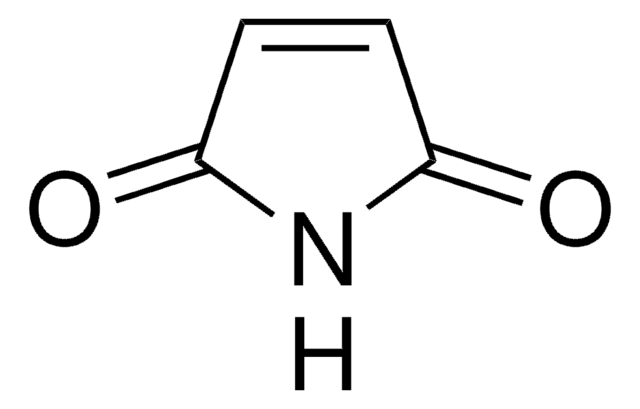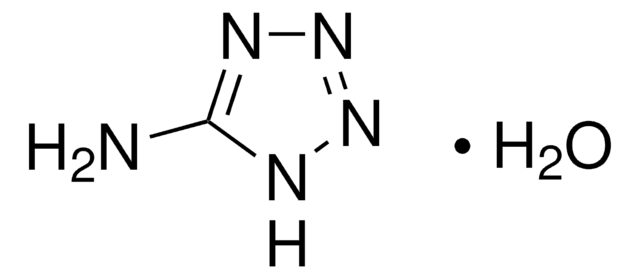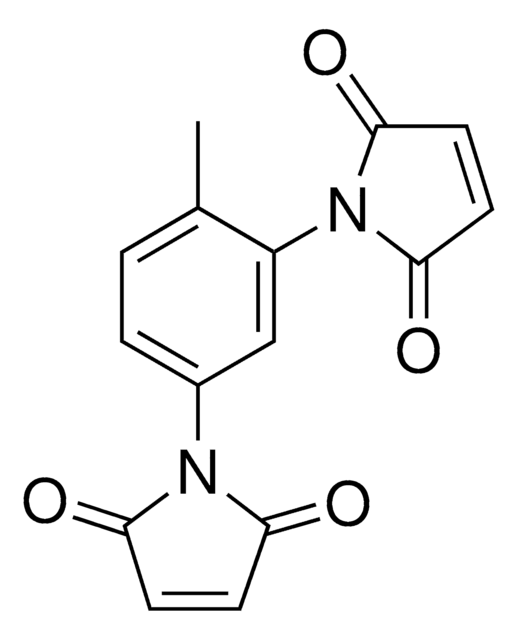803588
BM(PEG)2 (1,8-bismaleimido-diethyleneglycol)
Sinonimo/i:
1,2-Bis(2-maleimidoethoxy)ethane, 1,8-Bis(maleimido)-3,6-dioxaoctane
About This Item
Prodotti consigliati
Saggio
≥90%
Forma fisica
powder
PM
308.29
Impiego in reazioni chimiche
reagent type: cross-linking reagent
Condizioni di stoccaggio
desiccated
Solubilità
water: soluble
Condizioni di spedizione
ambient
Temperatura di conservazione
2-8°C
Stringa SMILE
O=C(C=CC1=O)N1CCOCCOCCN2C(C=CC2=O)=O
InChI
1S/C14H16N2O6/c17-11-1-2-12(18)15(11)5-7-21-9-10-22-8-6-16-13(19)3-4-14(16)20/h1-4H,5-10H2
FERLGYOHRKHQJP-UHFFFAOYSA-N
Descrizione generale
Caratteristiche e vantaggi
- Reactive groups: maleimide (both ends)
- Reactive towards: sulfhydryl groups
- Long, pegylated, sulfhydryl-to-sulfhydryl crosslinkers, composed of maleimide groups and 2-unit polyethylene glycol spacer arm
- PEG spacers provide unique advantages, including enhanced solubility, increased stability, reduced tendency toward aggregation and reduced immunogenicity
- Pure compounds with defined structure and molecular weight, ensuring reproducible protein-modification effects
- Ideal for small molecule or peptide conjugations
Avvertenza
Avvertenze
Warning
Indicazioni di pericolo
Consigli di prudenza
Classi di pericolo
Eye Irrit. 2 - Skin Irrit. 2 - STOT SE 3
Organi bersaglio
Respiratory system
Codice della classe di stoccaggio
11 - Combustible Solids
Classe di pericolosità dell'acqua (WGK)
WGK 3
Punto d’infiammabilità (°F)
Not applicable
Punto d’infiammabilità (°C)
Not applicable
Scegli una delle versioni più recenti:
Possiedi già questo prodotto?
I documenti relativi ai prodotti acquistati recentemente sono disponibili nell’Archivio dei documenti.
I clienti hanno visto anche
Il team dei nostri ricercatori vanta grande esperienza in tutte le aree della ricerca quali Life Science, scienza dei materiali, sintesi chimica, cromatografia, discipline analitiche, ecc..
Contatta l'Assistenza Tecnica.